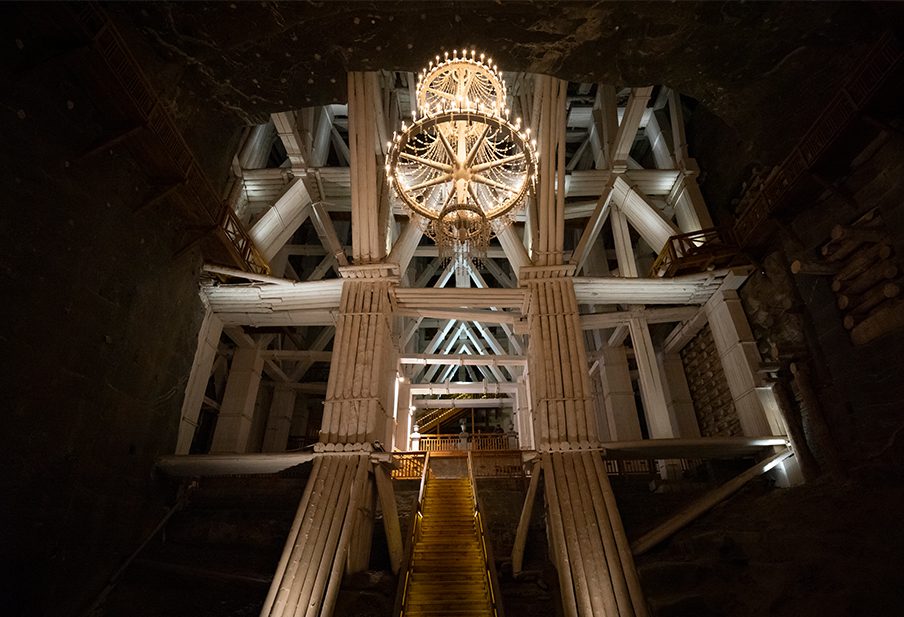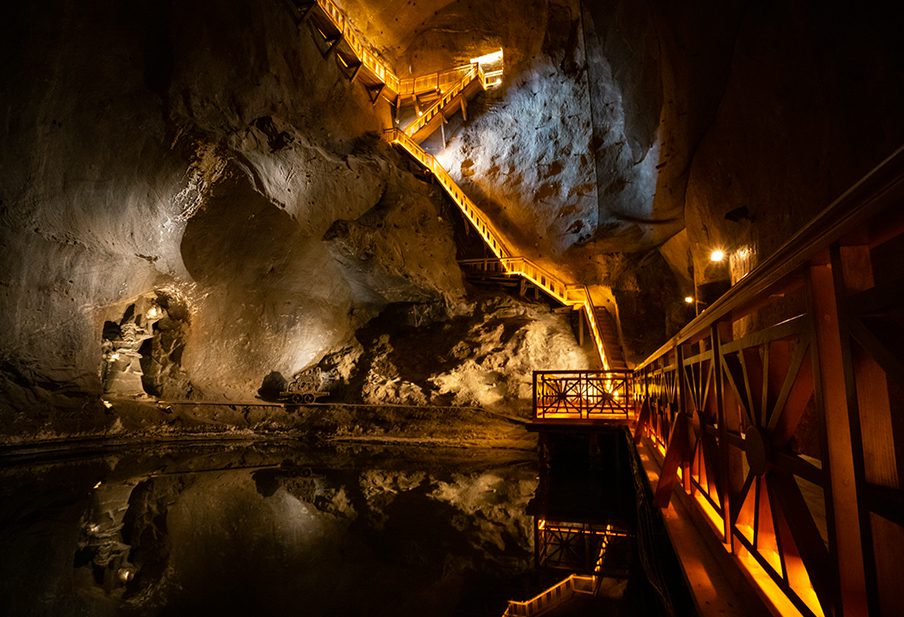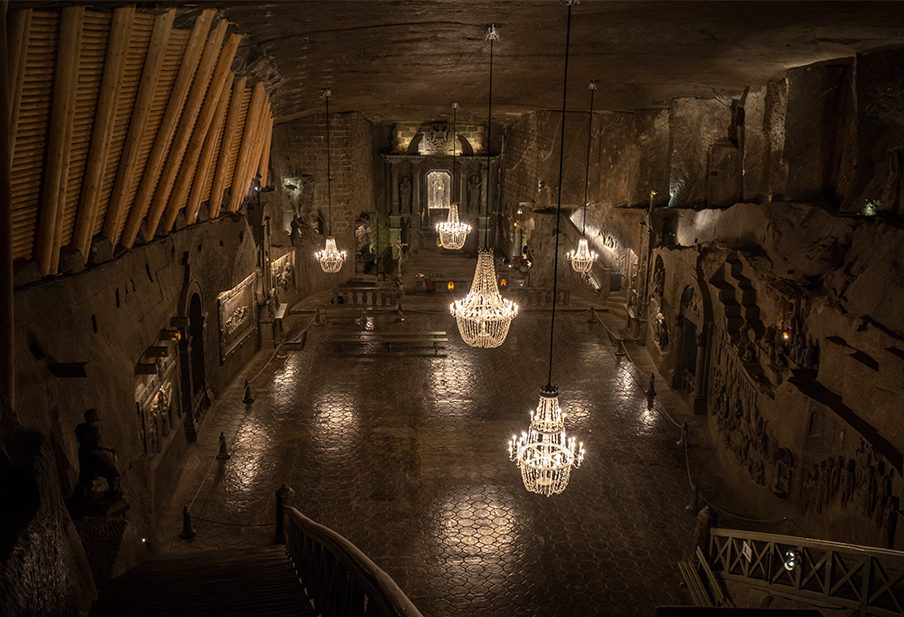Featured Posts
Must-See Salt Mines
Recently, during the filming of Poland: The Royal Tour (airing April 22 on PBS, check local listings), Prime Minister Mateusz Morawiecki took Peter Greenberg inside a surprising destination: the Wieliczka Salt Mine in Wieliczka, Poland.
The Wieliczka Salt Mine is one of the world’s oldest operating salt mines. This salt mine that dates back to the 13th century and is one of Poland’s official national historic monuments.
Each year, more than one million tourists visit it, and it’s on the UNESCO World Cultural and Natural Heritage List. In this salt mine, there are dozens of statues and four chapels that are all carved out of rock salt.
And Poland isn’t the only European country with salt mine tourism. In Turda City, Romania, there’s the Salina Turda. It’s a salt mine that has produced table salt since the Middle Ages. The saltmine was renovated and reopened in 2010 after its initial opening for tourists in 1992. The mine is its own history museum that showcases the mining and machinery used to transport salt.
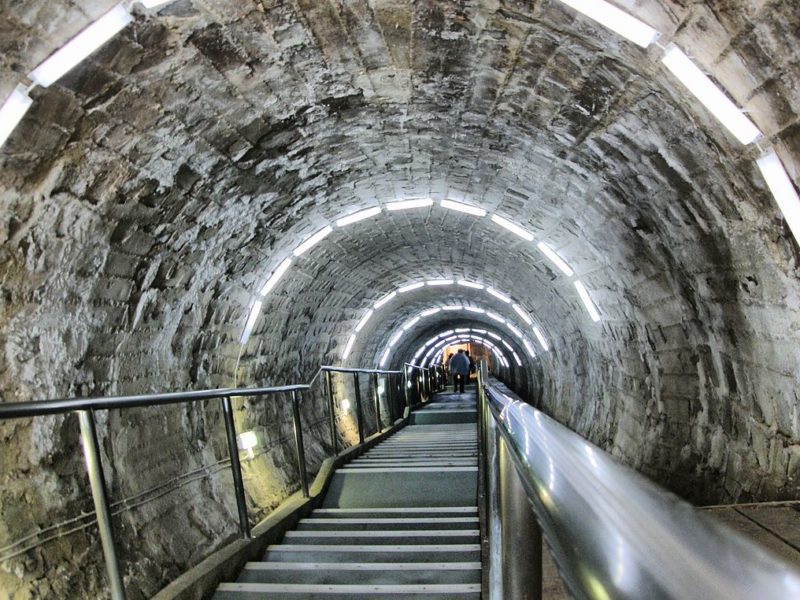
Salina Turda
As for the largest underground salt mine in the world, that’s the Sifto salt mine in Goderich, Ontario, which turns out 325,000 tons of salt per year with an estimated 220 million tons over its lifetime. Located at 1,800 feet under Lake Huron, this is the salt that keeps North Americans safe when they travel through snow and ice. Since this mine is operational, you won’t be able to actually go down in it, but there’s an exhibit and film about the salt mine at the Huron County Museum.
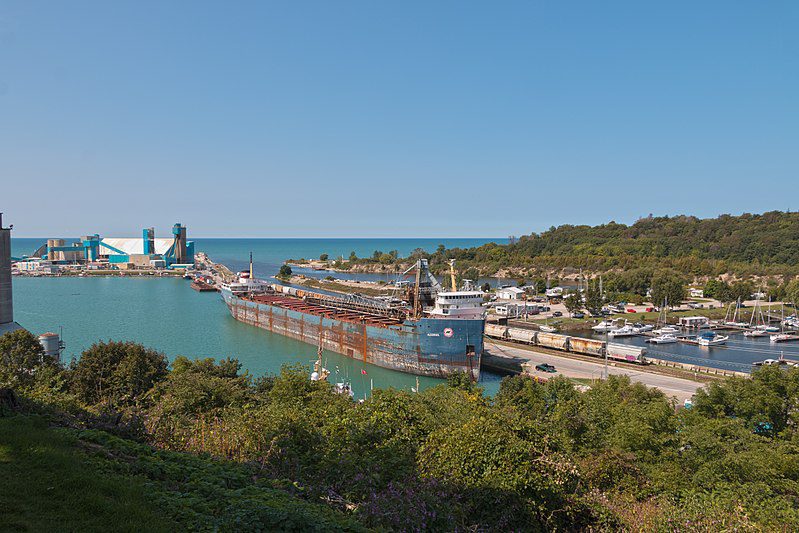
Sifto
Watch for more on Poland’s famous salt mine in Poland: The Royal Tour premiering on April 22 on PBS. Check local listings.





